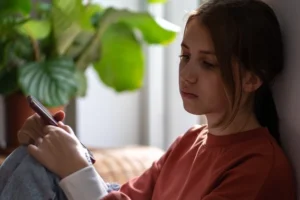The families I work with on my Patreon project often ask me what trends to watch out for. Although it can seem impossible to get ahead of your kids’ technology there are a few areas well worth considering.
Community Gaming
Minecraft and Roblox games can be a mystery to parents. They look clunky, dated and complicated, but kids love them. One reason is that they offer children a way to extend the imaginary world playground games to the screen.
User-created games on Minecraft servers or Roblox offer everyday experiences from Shark Attacks, Surviving Disasters to Working at a Pizza Place. These games are great fun for children because they let the online community develop and decide what the rules are. They are wonderfully uncommercial and because of this feel like a safe place to play.
However, parents should be aware that game ratings usually apply to the initial installed experience rather than downloaded user-generated content. So although Roblox is a PEGI 7+, it may well content only suitable for older players as stated by the VSC, “User-generated connect has not and cannot be rated by PEGI. Parental guidance is advised.”
Also, it’s worth noting that the latest versions of Minecraft have added in an online feature that enables children to play with a wider range of people. Parents should check the systems controls to ensure communication and sharing are limited appropriately.
Skin Betting
As reported recently by the BBC, Skin Betting is gambling to win items used in video games, usually to enhance the appearance or performance of virtual weapons. It’s part of a wider debate over whether paying for a chance to win virtual items in popular video games should be considered gambling.
Whatever the legality of this issue, parents should be aware that the games their children play offer virtual items for extra cash. Also that there is an online market where these can be traded. Appropriate settings can be applied in the Parental Controls to ensure no purchases like this are made by mistake.
YouTube Shock Videos
YouTube continues to be an evolving space. There is a huge amount of healthy and helpful content for young children. However, there are examples of videos that slip through the net and are less desirable. The Times reported on channels featuring kids in scary and strange situations — baths with live toads, fake shaving, toy medical injections and kids being scared on camera to name a few.
The safest way to keep to the best content is to ensure children only watch well-known creators. Parents can check channels before letting children watch, or consume content together. Keeping YouTube viewing to screens in family spaces rather than bedrooms is also a good idea.





